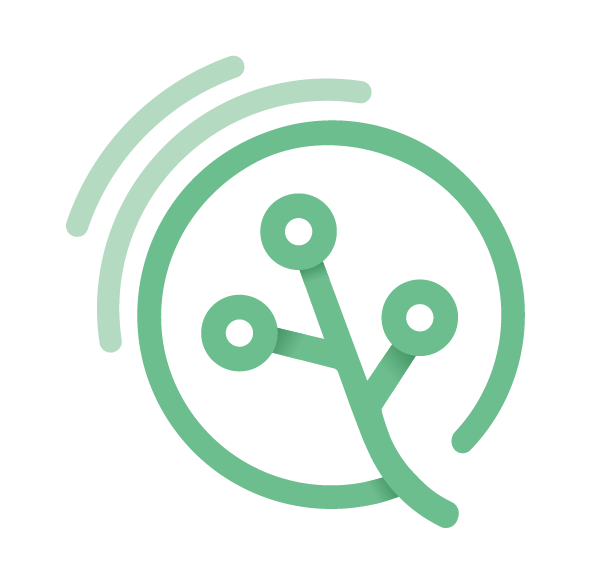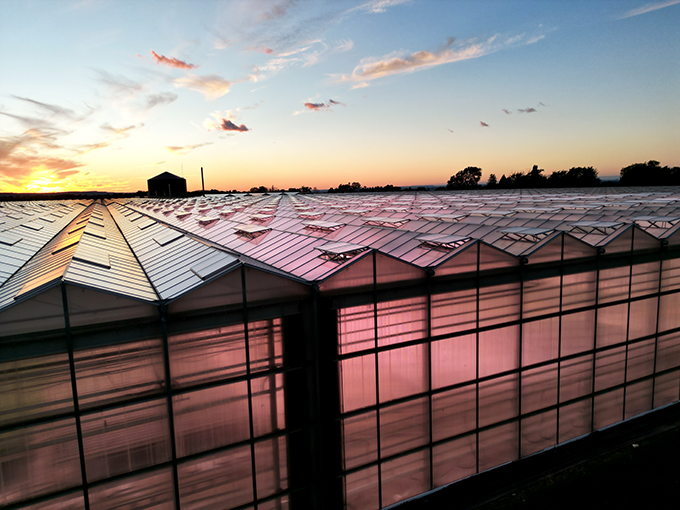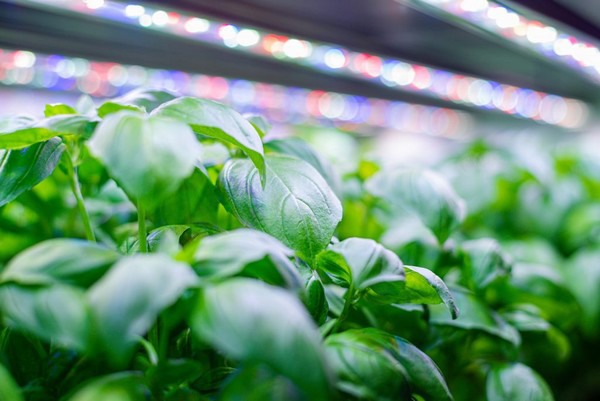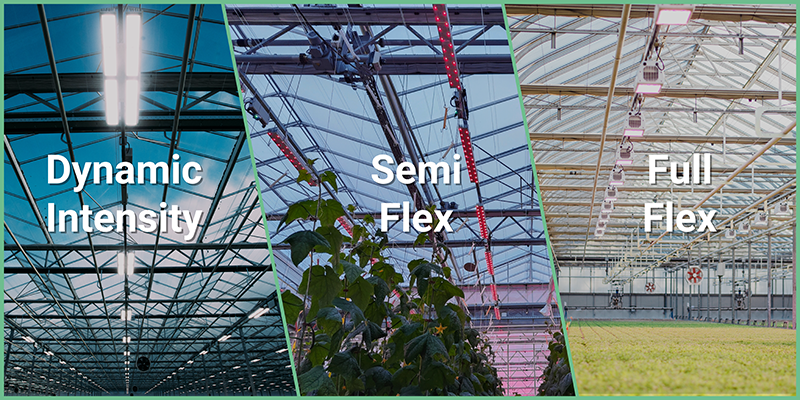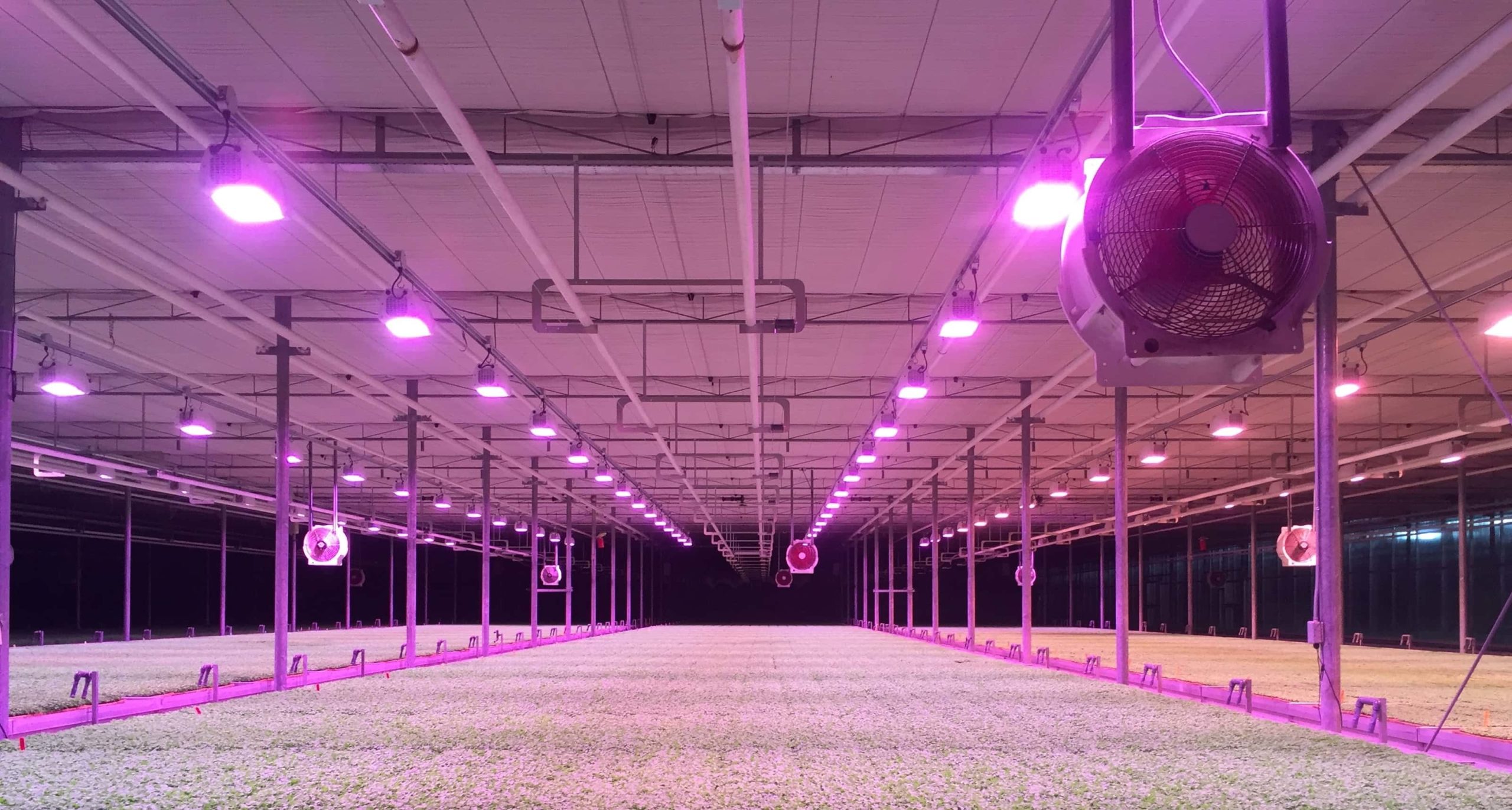Research
Articles
The overall purpose of the EIP-support (European Innovation Partnership Project) is to create better connections through research, new techniques, and practical work within agriculture, garden, and reindeer husbandry. It should also lead up to developing good, practical, and innovative solutions for joint challenges within different areas.

Pic from a trial in a commercial greenhouse. The sensor is a prototype.
Photographer: Daniel Bånkestad.
Heliospectra started in 2006 and has long collaborated with Chalmers and later with SLU. RISE and Spisa Smaker are also participating in this project. Greenhouse lighting is well suited to the integration of optical sensors that look at and measure the plant bed, and can collect data to control the lighting.
Daniel Bånkestad, Project Manager at Heliospectra, explains:
“We asked ourselves what information we can get from the plant, and investigated different types of optical signals. We later chose to focus on chlorophyll fluorescence at the foliage level, which can be used to detect stress, map growth and estimate the light tolerance of plants,” says Daniel.
The sensor can detect early abiotic stress, caused for example by drought or salinisation. In this way, the grower can quickly implement measures to reduce production losses. In addition, the sensors can closely monitor growth, which facilitates production planning and the planning of harvest and delivery dates.
The light tolerance of the plants is about how much light is appropriate to give the plants at any given time, for example in relation to existing sunlight. This way, the lighting does not need to be used more than necessary.
“After several years of research, we were ready to take the step to product development together with partners, and the EIP-Agris call was a perfect fit. In the first year, we tested and evaluated the method at SLU Alnarp, then we focused on developing a sensor that we are now testing in a greenhouse environment, both at Alnarp and at commercial growers,” says Daniel.
The environmental benefits are that growers can optimise the lighting according to the needs of the plants, which saves energy, and prevent waste through better production planning and faster action against production losses.
“It is a big step to go from an innovation to a finished product ready for large-scale production and sales. For us, it is important to quantify the benefits of our product before going to market. Testing the product with commercial growers is important to get feedback, and we are in that evaluation phase right now,” Daniel concludes.

Pic from experiments in a greenhouse at SLU.
The sensor is a prototype. Photographer: Daniel Bånkestad.
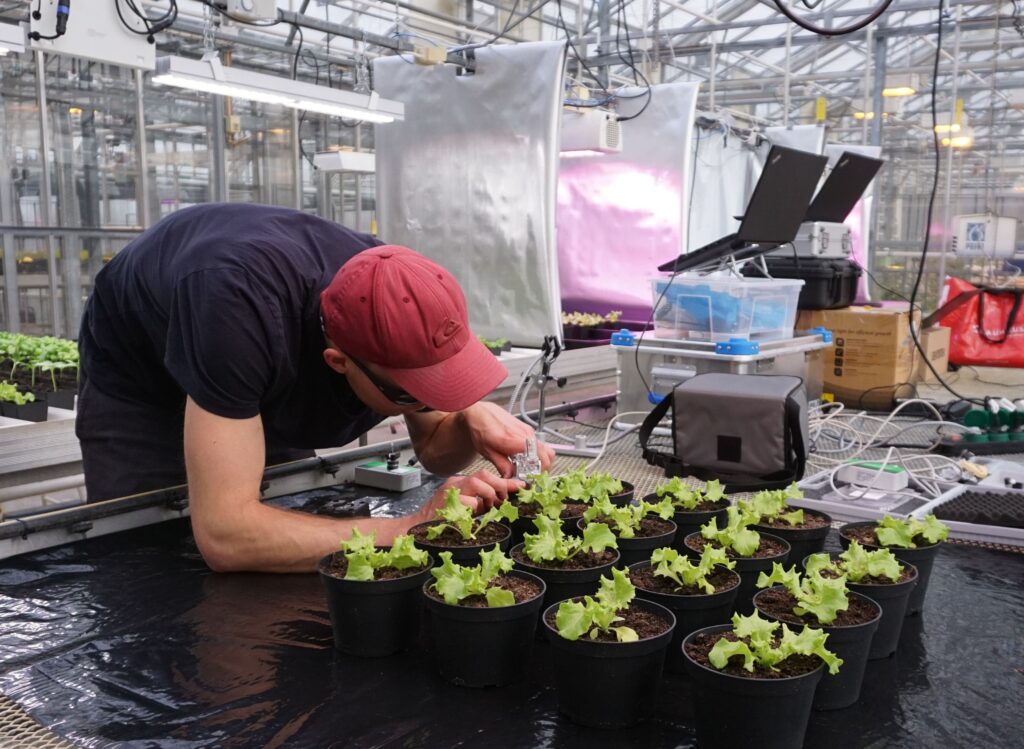
Pic from a greenhouse trial at SLU.
In the picture: Daniel Bånkestad. Photographer: Naveen Chalakur.
Facts:
Project: New method for biotic stress detection in horticultural production.
Project owner: Heliospectra AB
Budget: SEK 3.3 million
For more information, please contact: Daniel Bånkestad, Project Manager at
Daniel.bankestad@heliospectra.com
or +46 707 55 15 29
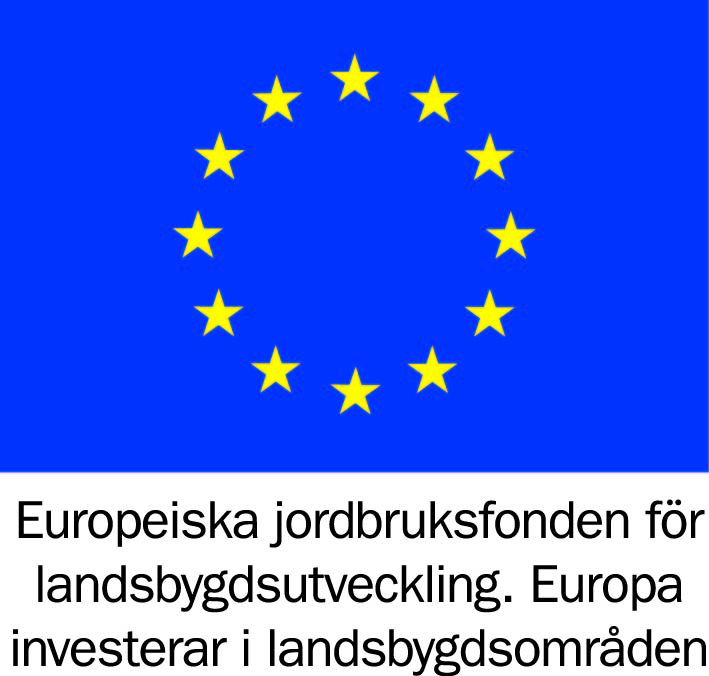
Copy from Landsbygdsnätverket.
Read the Swedish version here: www.landsbyggdsnatverket.se
Related content
Get in touch with us!
From custom light planning, to tailored quotes, and everything in between,
our team of horticulture experts are always ready to assist.
